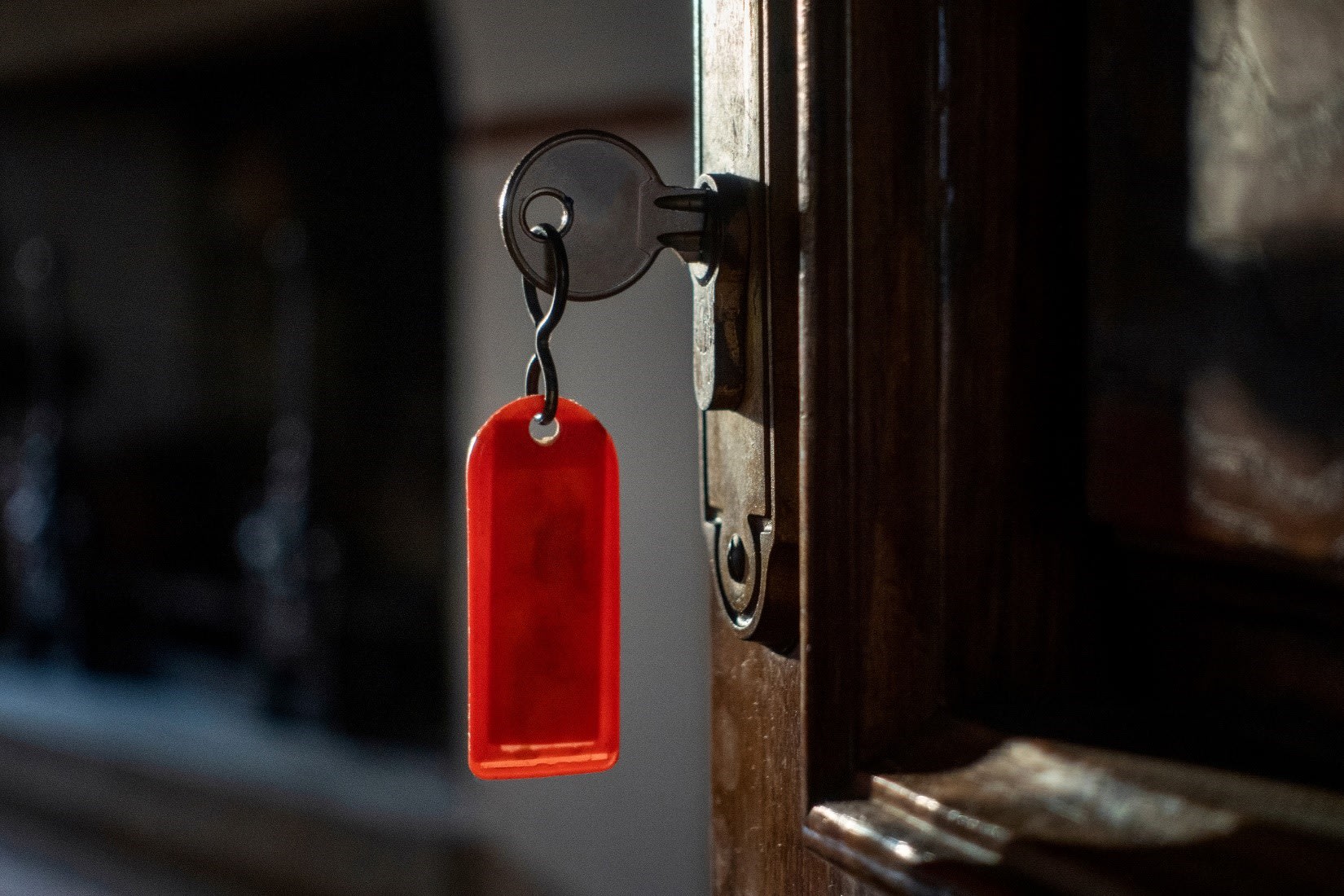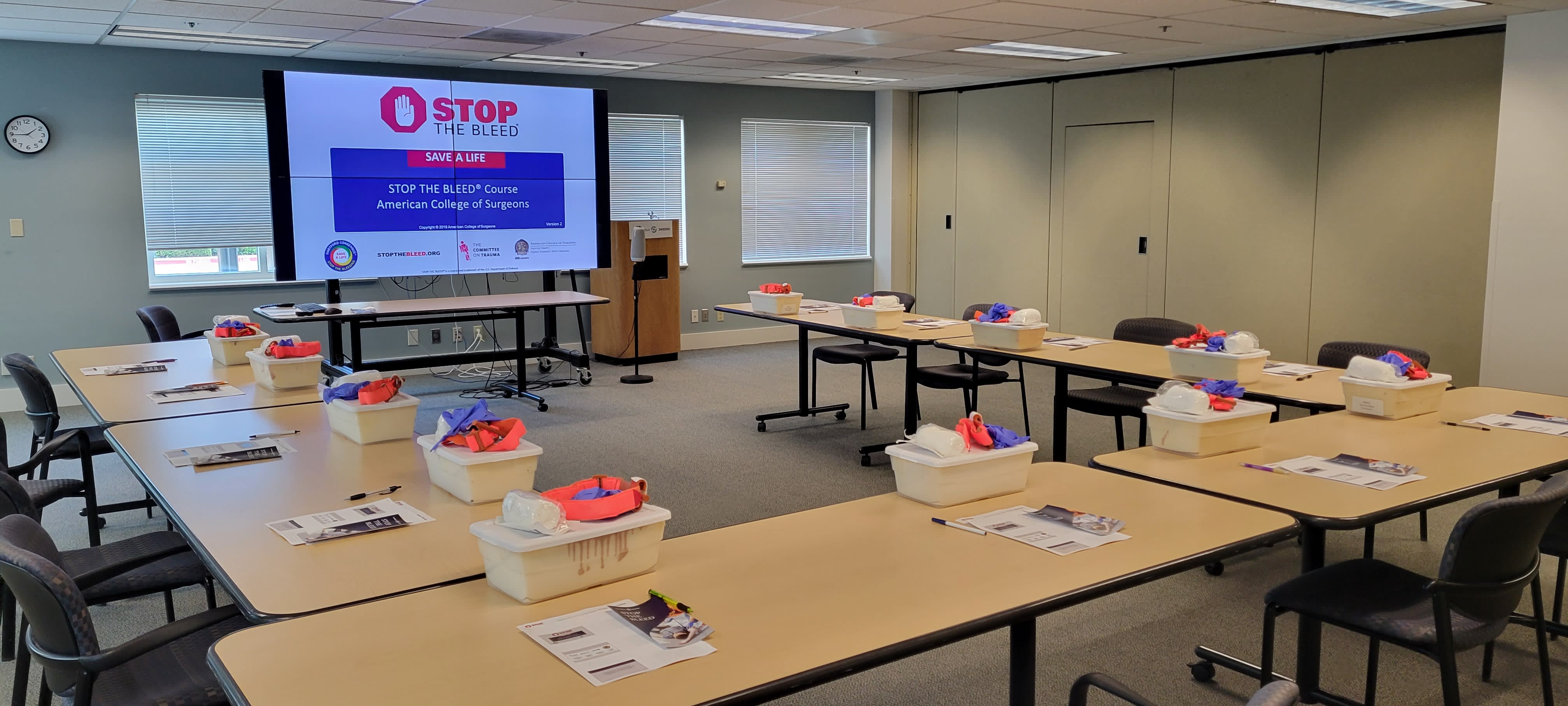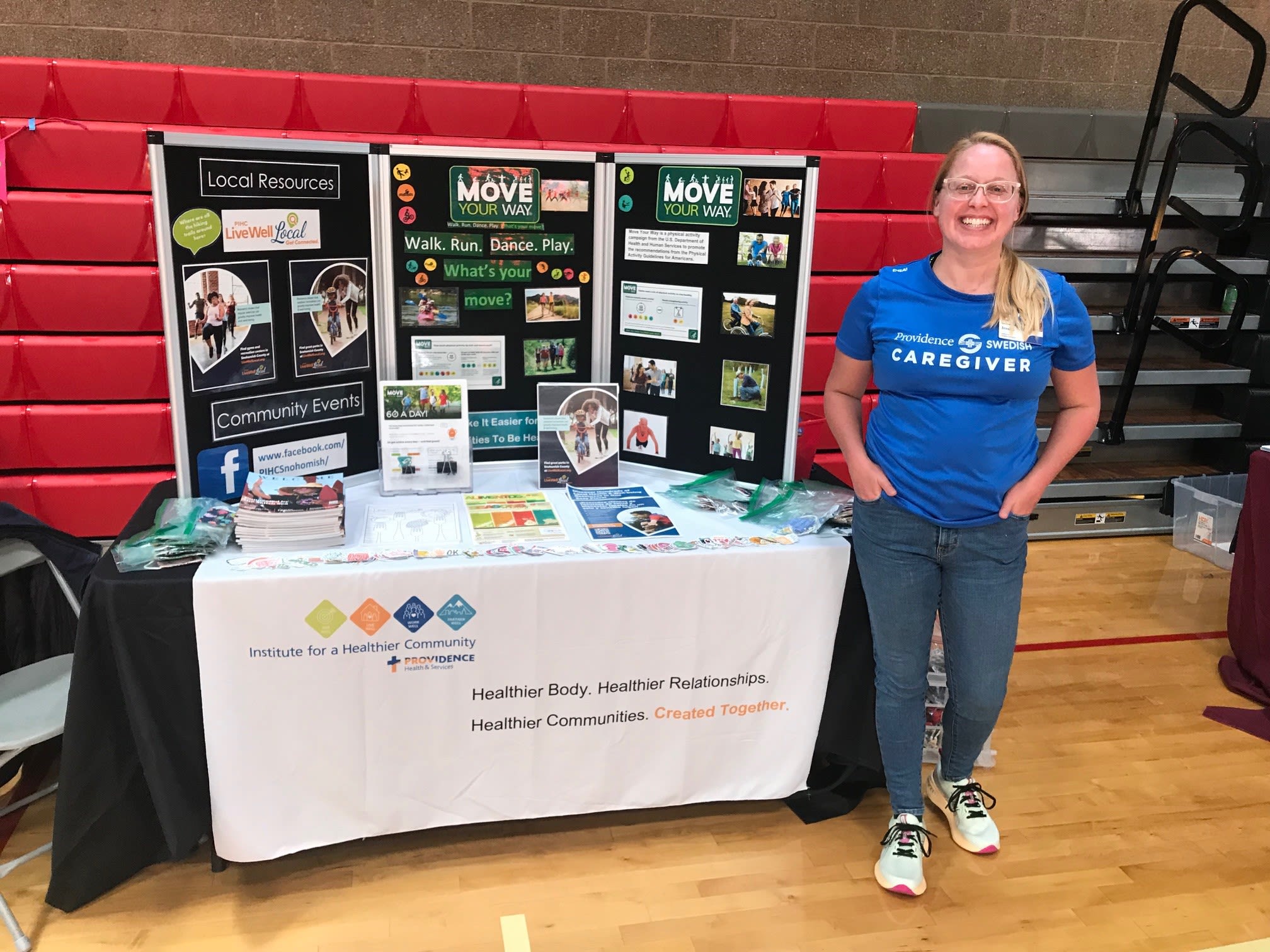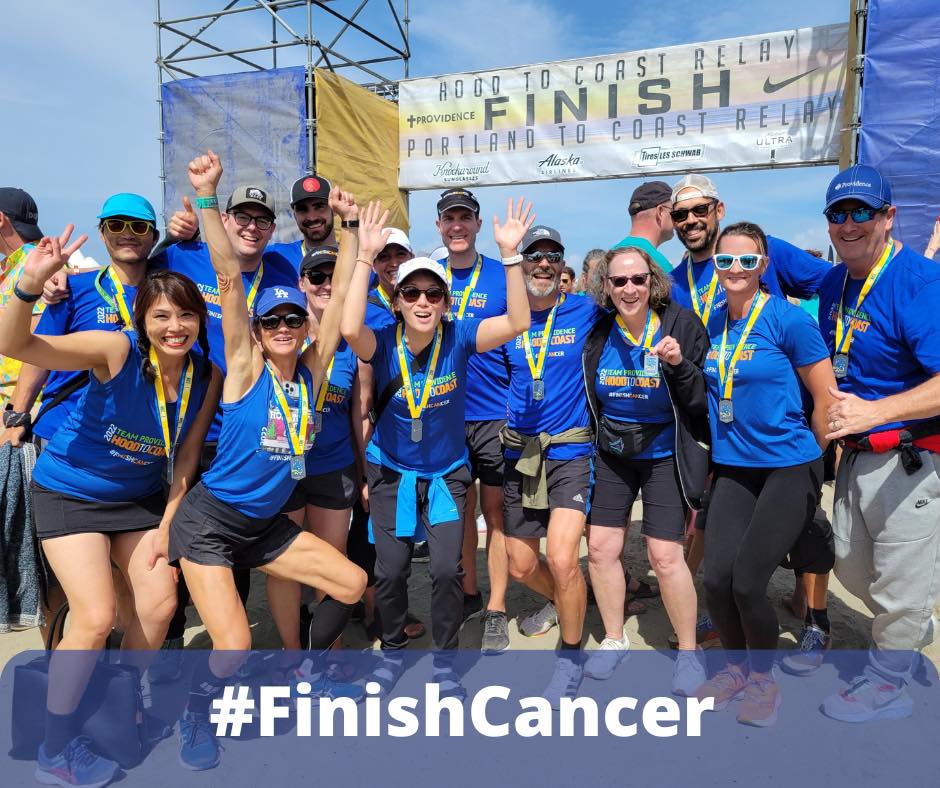Work2BeWell prioritizes the mental health of teens
[6 MIN READ]
In this article:
-
The Work2BeWell program at Providence offers resources that respond to the urgent mental health needs of today’s teens.
-
As part of Work2BeWell, members of the National Student Advisory Council (NSAC) help break the stigma of mental health in their schools and beyond.
-
NSAC teens share pandemic experiences and tips for mental wellness during another uncertain school year.
The Work2BeWell program is a Providence initiative that focuses on the mental well-being of teens in the communities we serve. It’s one of many ways we support holistic health care – body, mind and spirit. With the uncertainty of COVID-19, plus the typical stresses of being a teenager, mental health for teens is more important now than ever.
Work2BeWell empowers teens to thrive through:
-
Access to free, clinically vetted mental health resource
-
Education with curriculum, conferences, mental health events and special trainings
- Activation of students, educators and parents to focus on local change through awareness, advocacy and engagement
“At Providence, we recognize that mental health is a critical component of holistic care,” says Robin Henderson, Psy.D., chief executive for behavioral health for Providence Oregon. “Work2BeWell integrates behavioral health services within the broader health care context, and leverages ways to bring evidence-based behavioral health tools to the communities we serve.”
Teens helping teens: the National Student Advisory Council
Work2BeWell relies on a group of dedicated teens that make up the National Student Advisory Council (NSAC). The council has 31 members from ten states (CA, GA, MA, MD, MT, NV, OR, PA, TX, WA). Members are selected through nomination, application and an interview process.
Those who join the NSAC receive training on mental health first aid, leadership, project development and team building. Working with Work2BeWell staff mentors, they create projects centered around access, education and activation. Some examples include:
- Legislation – In Oregon, NSAC members received national attention for creating and advocating for a mental health bill. The bill passed, giving students in Oregon access to mental health days.
- Talk2BeWell podcast – students work with Dr. Henderson to discuss mental health topics – from social justice to navigating digital learning.
All members are committed to breaking the stigma around mental health. They aim to make mental health a top priority at their schools and beyond.
NSAC members talk school, the pandemic and mental health
We recently spoke to a few NSAC members – Leina, Saanvi, Mohammad and Kianna – about how they’ve dealt with the pandemic at school. They offer some tips for students on managing stress during another uncertain school year.
Q: What did school look like for you during the pandemic last year?
Leina: School was completely via Zoom last year. In many of my classes, we had to teach ourselves the curriculum. We only got to interact with teachers when we did poorly on tests or were severely struggling.
Saanvi: I found it hard to be motivated to complete tasks and do day-to-day things. Normally, I complete my homework as soon as possible, but during the pandemic, I procrastinated more than I would like to admit.
Kianna: School was like homeschool for public school-raised children. At first, it was an adventure, finding new things to do and catching up on shows. But eventually, it became like autopilot, like someone was controlling me in an automatic loop.
Q: What have you missed out on because of the pandemic?
Leina: I missed my junior year of high school, which meant I never got to send off all my senior friends. I missed a whole year of fostering relationships in my clubs and after school activities. Most importantly, I had to go months without seeing my extended family, which was really difficult for me.
Mohammad: I missed out on a lot of social events, such as homecoming, football games, our school’s musical production, and several academic and club competitions. I also missed out on just talking to friends during or after class.
Kianna: I missed my sweet 16, my friends’ sixteenth birthday parties, driving lessons, amusement parks, vacation and seeing my grandma.
Q: How have you (and your friends) stayed socially connected during the pandemic?
Leina: Lots of FaceTime calls! Another one of our favorite ways to hang out was to park our cars facing each other. Then we’d sit on top of the car or in the hatchback trunk, completely socially distanced, while still getting to see each other.
Mohammad: Snapchat, FaceTime, socially distanced sports practices and online Zoom meetings. My swim team had online workouts so that everyone could stay in shape and keep in touch with each other. My friends and I would also have Among Us gaming sessions on Friday nights to allow us to relax, while interacting and recounting events from the week.
Kianna: We connected through Instagram most of the time. At first, it was through FaceTime constantly, but we started to drift socially. Until now!
Q: What have you been most excited about for this school year?
Saanvi: I am so beyond excited to be back in the building and in the learning environment.
Mohammad: I am excited to enter my junior year and pursue classes that interest me. Most importantly, I am excited to be returning to a somewhat “normal” environment in my classroom. I’ve looked forward to seeing many of my friends who were online the past year and rekindle my friendships with them.
Kianna: I’ve been most excited about seeing my friends again. I haven’t seen some of them for almost two years due to the pandemic. Seeing them makes me happier and glad to be around kids my age who understand the things I’m going through.
Q: What are you most nervous about for this school year?
Leina: I’m nervous about all the social interaction. I’ve really let myself slip into my introverted side. Going back to classes full of students can be anxiety-inducing.
Saanvi: I’m nervous about keeping up with my busy schedule. Being someone who spends so much time working, I’m worried that I’m going to start slipping and neglecting taking time for myself.
Mohammad: I’m still nervous about the pandemic and what effects it may have on me, my family and friends. I am a little uneasy about having so many people in one building, but I believe it’s worth the risk to have a healthier and more concrete learning environment for us.
Kianna: I’m nervous about the SATs! The test still lives on to give me anxiety.
Q: How do you stay grounded when you are stressed about things the pandemic has thrown your way?
Leina: Honestly, my go-to is to contact my therapist. We do Zoom sessions where I feel like I can talk to someone outside my household who has my back.
Saanvi: I find myself engrossed in reading. It takes me to another world and is extremely relaxing.
Mohammad: I either watch an episode from my favorite shows (usually comedies), play a game with my family, exercise or have a discussion with my friends where we can share each other’s thoughts and concerns.
Q: What advice do you have for students as they go back to school?
Leina: Anxiousness is completely okay! Take your time to get used to school and all the new people, but also try new things. We already lost a year, so explore as many opportunities as you can.
Saanvi: Realize that it is okay to reach out for help. This is a challenge, and you don’t need to face it on your own. You aren’t alone in your feelings, and there are always people out there to support you.
Mohammad: Be open to new possibilities and adapt to them, such as new friends, different styles of teaching, and changes in schedules or events. If the pandemic has taught us anything, it’s that nothing is ever definite and can change in an instant.
Kianna: Find the positives in the wave of negativity. We were isolated for almost two years. It’s going to be hard, but if we find one positive for every negative, the darkness will eventually turn into light.
Work2BeWell gives a platform for teen mental wellness
Our NSAC members offer helpful advice that we can all take to heart for better mental health. As the pandemic continues to challenge what is “normal,” it’s important that teens feel supported by their communities and each other. Work2BeWell gives teens, such as Leina, Saanvi, Mohammad and Kianna, a platform to amplify their voices for mental health.
Connect with Work2BeWell
Parents, teens and educators now can access Work2BeWell nationwide.
To learn more about Work2BeWell or the NSAC, visit work2bewell.org, follow Work2BeWell on social media, or contact support@work2bewell.org.
Visit our Annual Report to our Communities page
To learn more about what we’re doing to help our caregivers and other community partners, check out our Annual Report to our Communities.
Related Resources
Get relevant, up-to-date information on the coronavirus (COVID-19) from Providence.
If you need care, don’t delay. Learn more about your options.
The pandemic changed how mental health is discussed and treated
Mental health disorders in children: What to know
Give teens tools for managing distress during COVID-19 crisis
Help is Here: A list of local and national behavioral health resources
This information is not intended as a substitute for professional medical care. Always follow your health care professional's instructions.




